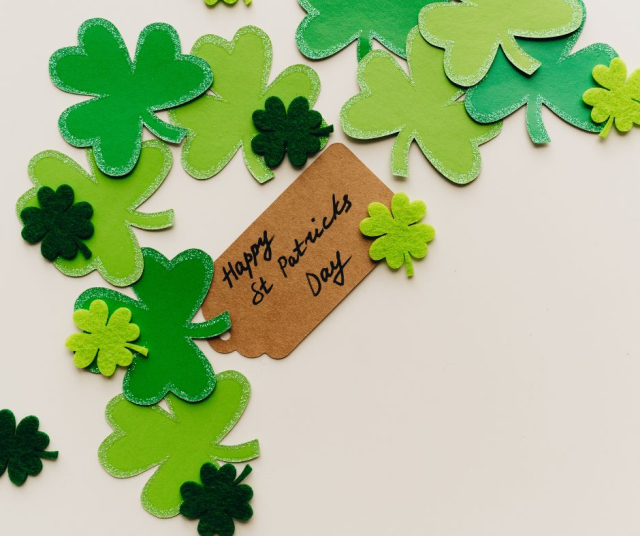Saint Patrick's Day is a holiday of Christian origin that is celebrated on March 17 in honor of Saint Patrick, the patron saint of Ireland. Although it has its roots in Irish culture, the holiday has spread to many other countries, becoming an international celebration of Irish culture and Irish heritage around the world.
Origins and Meaning
Saint Patrick, the man behind the holiday, was a Christian missionary who became a bishop and is known to be one of Ireland's most important patron saints. He was born in Britain around 385 AD and was kidnapped by Irish pirates at the age of 16. During his captivity in Ireland, he converted to Christianity and subsequently escaped from slavery. After studying on the European continent, he returned to Ireland as a Christian missionary and played a crucial role in the country's conversion to Christianity.
March 17 is believed to be the date of Saint Patrick's death, although the exact story of his life and work is shrouded in legend. The holiday has become a celebration of Irish heritage and Celtic culture in general, and is celebrated not only in Ireland, but throughout the world wherever there are Irish communities.
Celebrations and Traditions
St. Patrick's Day is celebrated with a variety of activities including parades, music, dancing, food and drink. One of the highlights of the celebration are the parades, which take place in cities around the world, from Dublin to New York, Chicago and Sydney. These parades are usually full of color, with marching bands, decorated floats, and participants dressed in green attire and Celtic symbols.
The color green is ubiquitous in St. Patrick's Day festivities, and is believed to come from the shamrock, which according to legend, St. Patrick used to explain the Holy Trinity to the Irish. People wear green clothing and accessories, and rivers and fountains are dyed with green dyes for the occasion.
Food and drink also play an important role in the celebrations. Traditional dishes include beef stew, lamb, colcannon (mashed potatoes and cabbage), and Irish soda bread. Beer is also a central element of the festivities, with Irish beer such as Guinness and Smithwick's flowing freely in pubs around the world. Drinks like Irish whiskey and Irish cream liqueur are also popular on St. Patrick's Day.
Mythology and Legends
St. Patrick's Day is surrounded by mythology and legends that have helped shape the holiday as we know it today. One of the most famous legends is that of Saint Patrick and the snakes, which tells that the saint drove all the snakes out of Ireland after they tried to bite him during a 40-day fast. Although it is scientifically known that there have been no snakes in Ireland since the last ice age, this legend remains an integral part of the country's mythology.
Another popular story is how Saint Patrick used the three-leaf clover to explain the Holy Trinity to the Irish, making it an important symbol of the holiday. Additionally, Saint Patrick is said to have used a Celtic cross to mark a circle around the sun symbol, giving rise to what we now know as the Celtic shamrock symbol.
Cultural and Economic Impact
St. Patrick's Day is not only a cultural celebration, but also an important economic event in many countries. In Ireland, St. Patrick's Day tourism brings millions of euros into the economy each year, with visitors flocking to the island to watch the parades and take part in the festivities.
In other places, such as the United States, St. Patrick's Day is also a major celebration that generates significant revenue for the hospitality industry. Cities like New York and Chicago attract millions of visitors each year for their parades and celebrations, benefiting local hotels, restaurants, bars and shops.
Controversies and Criticisms
Although St. Patrick's Day is generally a joyful and festive celebration, it has also been the subject of criticism and controversy. Some people criticize the excessive commercialization of the holiday, arguing that it has moved away from its religious and cultural roots. Others criticize cultural appropriation, noting that the holiday often perpetuates Irish stereotypes and promotes excessive alcohol consumption.
Additionally, some people criticize the glorification of Saint Patrick, pointing out that the saint's real story and his role in Ireland's conversion to Christianity is much more complicated than what is presented on the holiday.
